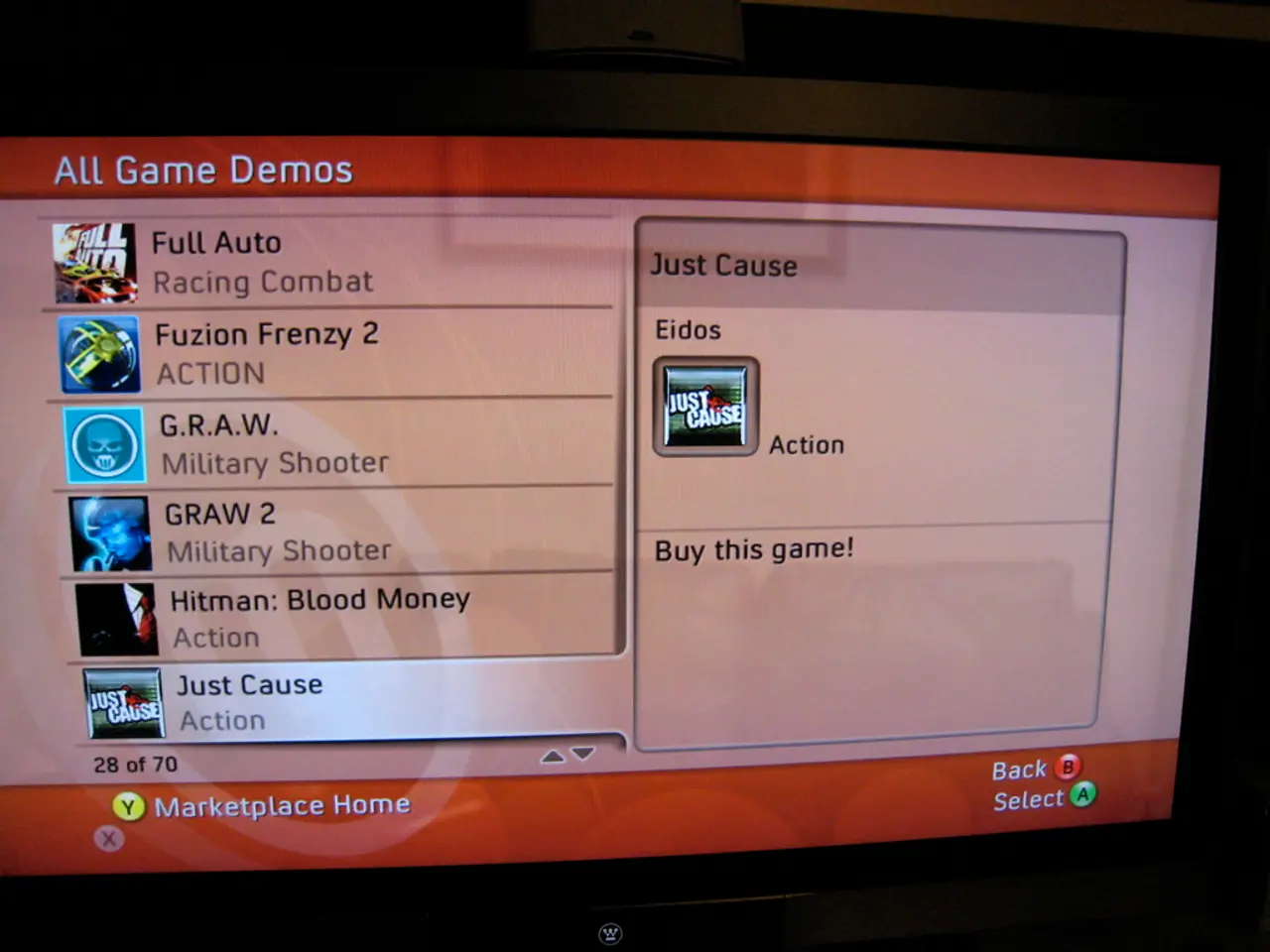Cost Estimate for Creating a Buy Now Pay Later App Akin to Zip in Australia
A Buy Now Pay Later (BNPL) app like Zip Pay goes through several stages in its development process, including Brainstorming & Market Research, UI/UX Design and Prototyping, App Development (Front-End & Back-End), Quality Assurance & Testing, Deployment & Launch, and Post-Launch Maintenance & Scaling.
Key Features of a BNPL App
Key features of a BNPL app in Australia include a seamless shopping experience, flexible payment and installment options, enhanced shopping and rewards, a comprehensive merchant portal, increased merchant visibility and marketing, and additional merchant benefits.
Cost of Developing a BNPL App
The cost to develop a BNPL app like Zip in Australia typically ranges between AUD 60,000 to AUD 600,000 ($40,000 to $400,000 USD), depending on the app’s complexity, features, and integrations.
Factors Affecting the Cost
- App Complexity & Features: The cost varies based on the app's complexity, with a basic MVP costing AUD 60,000 – 120,000, mid-range apps costing AUD 120,000 – 225,000, and high-end apps with advanced features costing AUD 225,000 – 600,000+.
- Platform Support: Developing apps for both iOS and Android increases the cost, as there is a high demand for cross-platform apps in Australia.
- Regulatory Compliance: BNPL apps require strong financial compliance and security measures, which add to development and legal costs.
- Integrations: Third-party integrations such as payment gateways (Stripe, PayPal), CRM, and AI fraud detection technologies can potentially cost thousands in development and licensing fees.
- Development Team Location and Type: Australia-based teams typically charge higher, often ranging from $150,000 to $400,000 for local development. Offshore or freelance developers might reduce costs but may impact quality and timelines.
Required Technology Components
- Frontend: Mobile app development using native (Swift for iOS, Kotlin for Android) or cross-platform frameworks (React Native, Flutter).
- Backend: Secure server-side systems handling user data, payment processing, credit decision algorithms, and transaction workflows.
- API Integrations: Payment gateways, credit scoring services, identity verification, fraud detection, CRM systems.
- Security & Compliance: Implementation of encryption, PCI-DSS standards, KYC (Know Your Customer), and AML (Anti-Money Laundering) protocols.
- Cloud Services: For scalability, data storage, and performance (e.g., AWS, Google Cloud).
Cost-Saving Strategies
- Start with an MVP: Build only essential features first to test the market and user acceptance before investing in full-scale development.
- Use Pre-Built Fintech APIs: Leverage existing BNPL and payment APIs that provide credit and payment services to reduce custom development effort.
- Agile Development: Employ agile methodologies to incrementally build features, allowing flexible priorities and reducing wasted efforts.
- Offshore or Hybrid Teams: Combining local project managers with offshore development can cut costs while maintaining quality.
- Cloud Infrastructure: Use managed cloud services to avoid upfront infrastructure costs and scale on demand.
Summary
Given Australia’s mature fintech market and regulatory landscape, a BNPL app like Zip will incur higher compliance and integration costs than a simple payment app. Starting with a basic MVP and iterative enhancements using fintech APIs is typically recommended to optimize cost efficiency.
For precise budgeting, consider engaging with a specialized fintech app developer who can provide detailed cost estimates based on your exact feature set and compliance obligations.
Monetization Strategies for a BNPL App
To monetize a BNPL app, strategies can include merchant fees, late payment charges, interest on loans, subscription plans, affiliate partnerships & advertisements, and data monetization while maintaining trust and compliance.
The Growing BNPL Market in Australia
The Buy Now, Pay Later (BNPL) market is rapidly growing, with apps like Zip, Afterpay, and Klarna leading the charge. The BNPL Australia market is projected to hit $54.87 billion by 2030.
Reducing the Cost to Build a BNPL App
To reduce the cost to build a buy now pay later app like Zip in Australia, strategies such as starting with an MVP, using pre-built APIs, choosing cross-platform development, outsourcing smartly, and leveraging cloud solutions can be employed.
Benefits of BNPL Solutions
BNPL solutions offer benefits for both businesses and consumers, including higher conversion rates, larger order values, and increased customer retention for merchants, and the ability to split payments into manageable installments without high interest rates for consumers.
Sources: [1] Claris Insights: https://www.clarisinsights.com/blog/buy-now-pay-later-app-development-cost/ [2] GoodFirms: https://www.goodfirms.co/blog/cost-to-develop-a-buy-now-pay-later-app/ [3] Fintech Australia: https://fintechaustralia.org.au/ [4] Startup Muster: https://startupmuster.com/insights/fintech-2019/
- The development of a BNPL app contributes to the technology sector of the industry, fostering advancements in personal-finance and fintech.
- A BNPL app offers features that cater to lifestyle choices, such as a seamless shopping experience, flexible payment options, and rewards programs.
- The cost to develop a BNPL app varies according to factors like app complexity, platform support, regulatory compliance, and integrations, with typical costs ranging from AUD 60,000 to AUD 600,000.
- Key technology components required for BNPL app development include frontend mobile app development, backend secure systems, API integrations, security and compliance measures, and cloud services.
- To optimize cost efficiency, strategies like starting with an MVP, using pre-built fintech APIs, adopting agile development, and leveraging cloud infrastructure can be employed.
- Monetization for BNPL apps can be achieved through merchant fees, late payment charges, interest on loans, subscription plans, affiliate partnerships, advertisements, and data monetization while maintaining trust and compliance.
- The rapidly growing BNPL market in Australia presents opportunities for career development and education-and-self-development in the field of mobile app development, finance, and technology.




